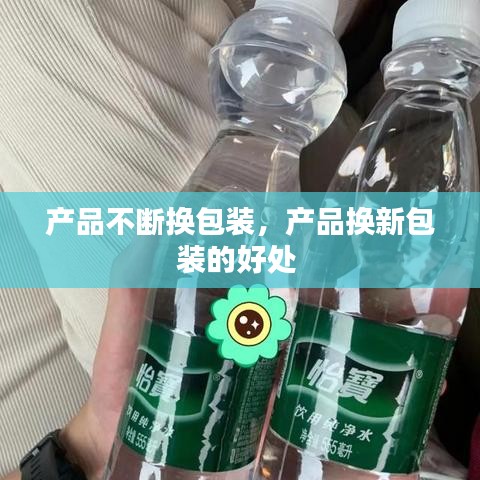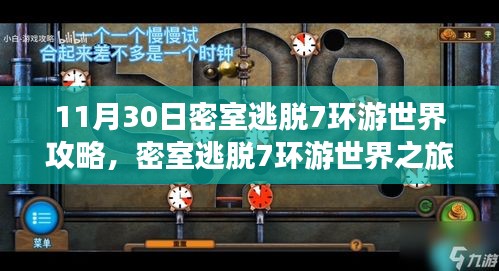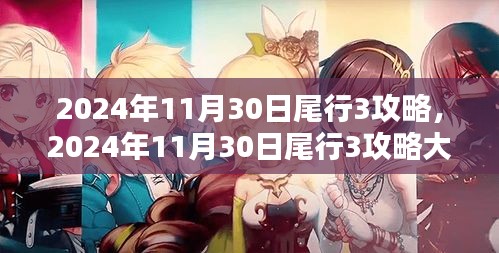<!DOCTYPE html>
<html lang="en">
<head>
<meta charset="UTF-8">
<meta name="viewport" content="width=device-width, initial-scale=1.0">
<title>Product Packaging Evolution</title>
</head>
<body>
<h1>Product Packaging Evolution: The Constant Revamp</h1>
<h2>The Importance of Packaging</h2>
<p>Packaging is more than just a container for products; it's a crucial element in the marketing mix. It plays a significant role in protecting the product, ensuring its shelf life, and influencing consumer perception. Over the years, packaging has evolved from simple, functional containers to sophisticated, visually appealing designs that enhance brand image and customer experience.</p>
<h2>Historical Evolution</h2>
<p>Historically, packaging was primarily focused on utility. Early packaging materials like clay, wood, and metal were chosen for their durability and ease of use. The advent of glass and paper in the 18th and 19th centuries marked a significant shift, as these materials offered better protection and allowed for more intricate designs. However, it wasn't until the 20th century that packaging began to reflect the aesthetic and functional aspects we see today.</p>
<p>One of the earliest examples of packaging evolution is the shift from glass bottles to plastic bottles in the mid-20th century. Plastic offered several advantages, including lightweight, shatter resistance, and easier recycling. This change not only improved convenience but also opened up new possibilities for product presentation and branding.</p>
<h2>Marketing and Branding Impact</h2>
<p>Today, packaging is a powerful tool in the marketing arsenal. A well-designed package can make a significant impact on consumer purchasing decisions. It communicates the brand's values, appeals to the target audience, and differentiates the product from competitors. Companies invest heavily in packaging design to create a lasting impression on consumers.</p>
<p>For instance, the sleek, minimalist design of Apple's packaging has become iconic, symbolizing the brand's sleek aesthetics and premium quality. Similarly, the colorful and vibrant packaging of snack brands like Lay's and Pringles is designed to catch the eye of impulse buyers at the checkout counter.</p>
<h2>Environmental Concerns</h2>
<p>As environmental awareness has grown, so has the focus on sustainable packaging. Companies are increasingly looking for eco-friendly materials and processes that reduce waste and minimize their carbon footprint. This shift has led to the development of biodegradable, compostable, and recyclable packaging options. While these materials might be more expensive and challenging to produce, they are gaining popularity as consumers demand greener choices.</p>
<p>One notable example is the use of plant-based plastics, which are derived from renewable resources and have a lower environmental impact than traditional plastics. Companies like Danone and Nestlé have made significant strides in developing packaging made from these materials, aiming to meet consumer expectations and regulatory requirements.</p>
<h2>Tech-Driven Innovations</h2>
<p>The integration of technology into packaging has opened up new avenues for innovation. Smart packaging, for instance, incorporates digital elements to enhance the consumer experience and provide additional information. This can include QR codes for product information, augmented reality (AR) experiences, and even integrated sensors that monitor product freshness or safety.</p>
<p>One of the most notable examples is the use of AR in packaging. Companies like Heineken have used AR to transform their beer bottles into interactive experiences, allowing consumers to explore virtual worlds or learn about the brand's history. Such innovations not only engage consumers but also create a more memorable brand experience.</p>
<h2>Challenges and Future Trends</h2>
<p>Despite the advancements in packaging technology and design, there are still challenges to overcome. One of the primary challenges is balancing innovation with cost-effectiveness. As new materials and technologies are developed, they often come with a higher price tag, making it difficult for companies to maintain profitability while offering premium packaging solutions.</p>
<p>Looking ahead, some of the future trends in packaging include the use of AI for personalized packaging, the integration of IoT (Internet of Things) for real-time tracking, and the exploration of new materials like mushroom packaging or mycelium. These trends suggest that the future of packaging will continue to be dynamic, with a focus on sustainability, technology, and consumer experience.</p>
<h2>Conclusion</h2>
<p>The evolution of product packaging is a testament to the changing times and consumer demands. From simple containers to sophisticated, interactive experiences, packaging has come a long way. As companies strive to meet the needs of environmentally conscious consumers, leverage technology, and maintain competitive edges, the packaging landscape is sure to continue evolving. The key lies in understanding consumer preferences and adapting packaging strategies to转载请注明来自1608手游,本文标题:《产品不断换包装,产品换新包装的好处 》












 冀ICP备2023036363号-1
冀ICP备2023036363号-1
还没有评论,来说两句吧...